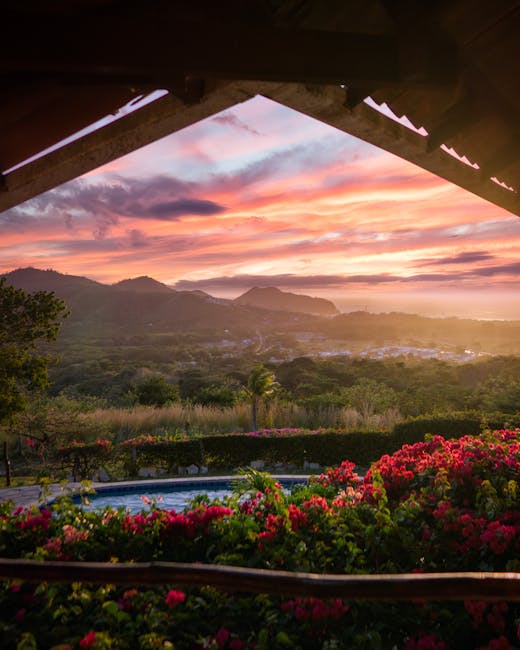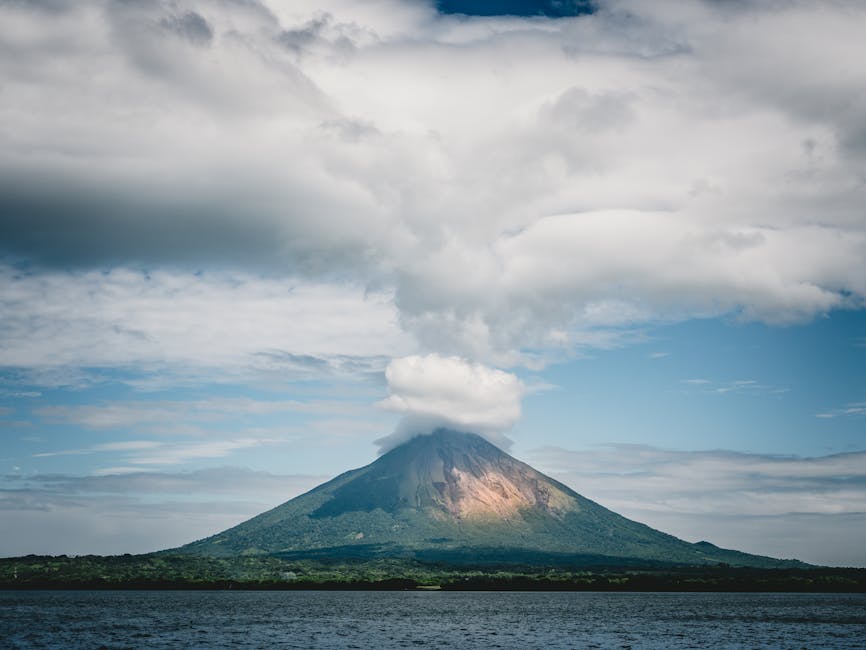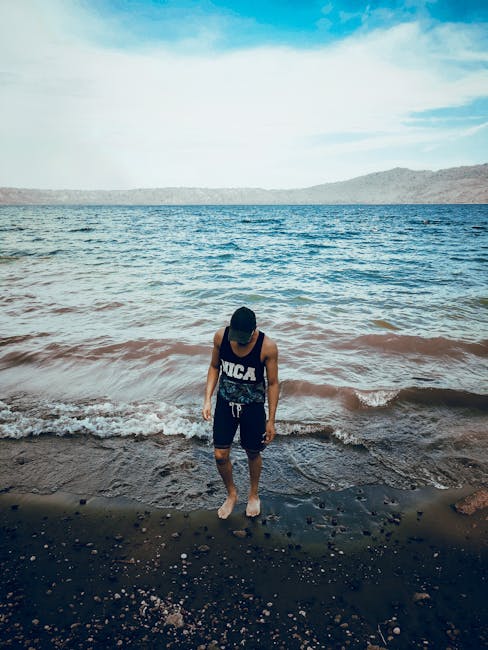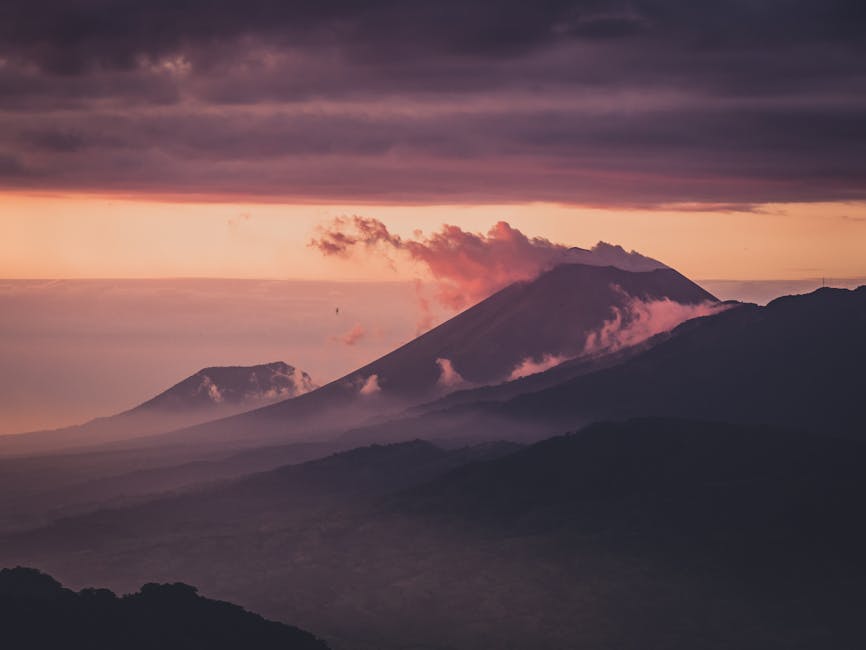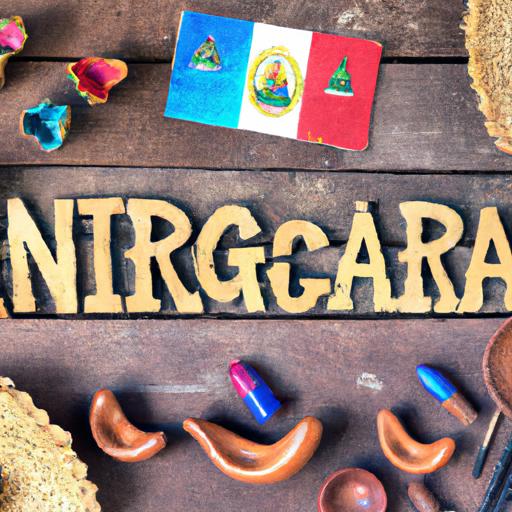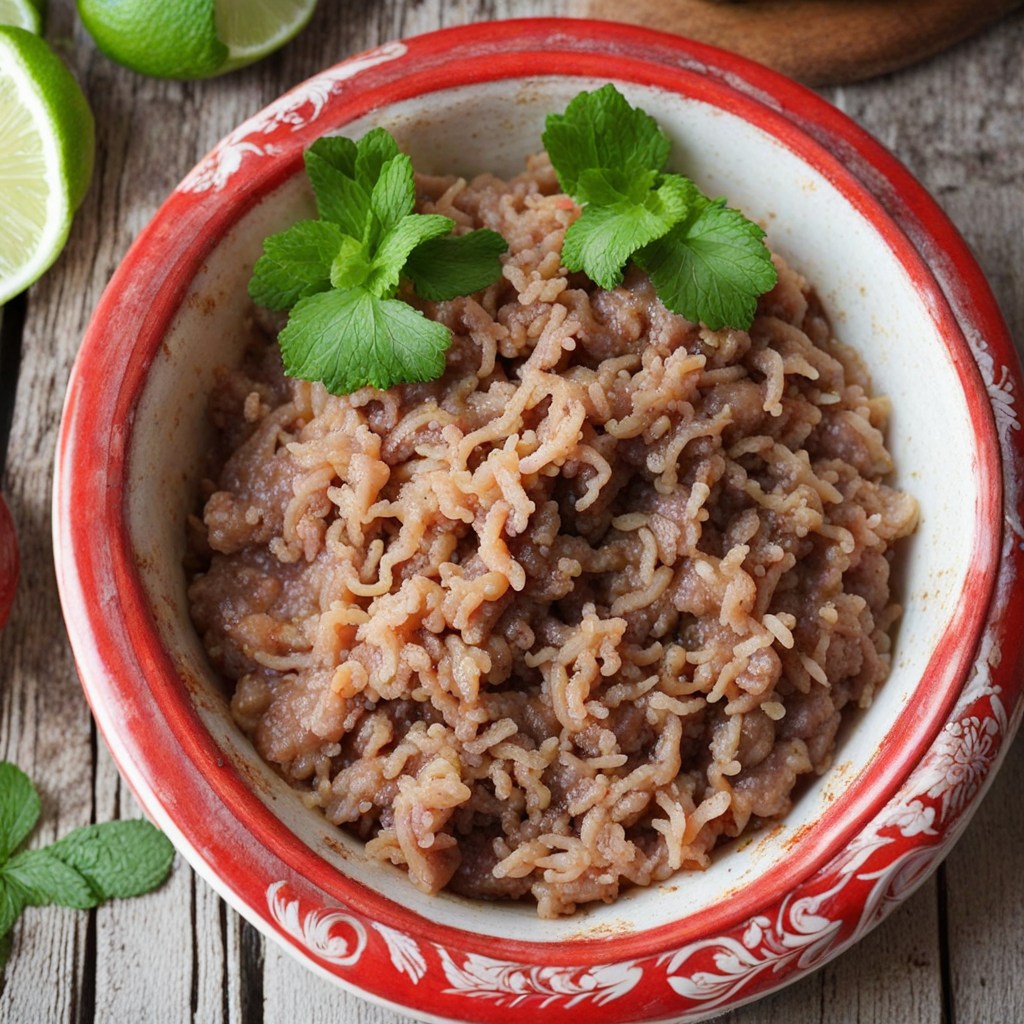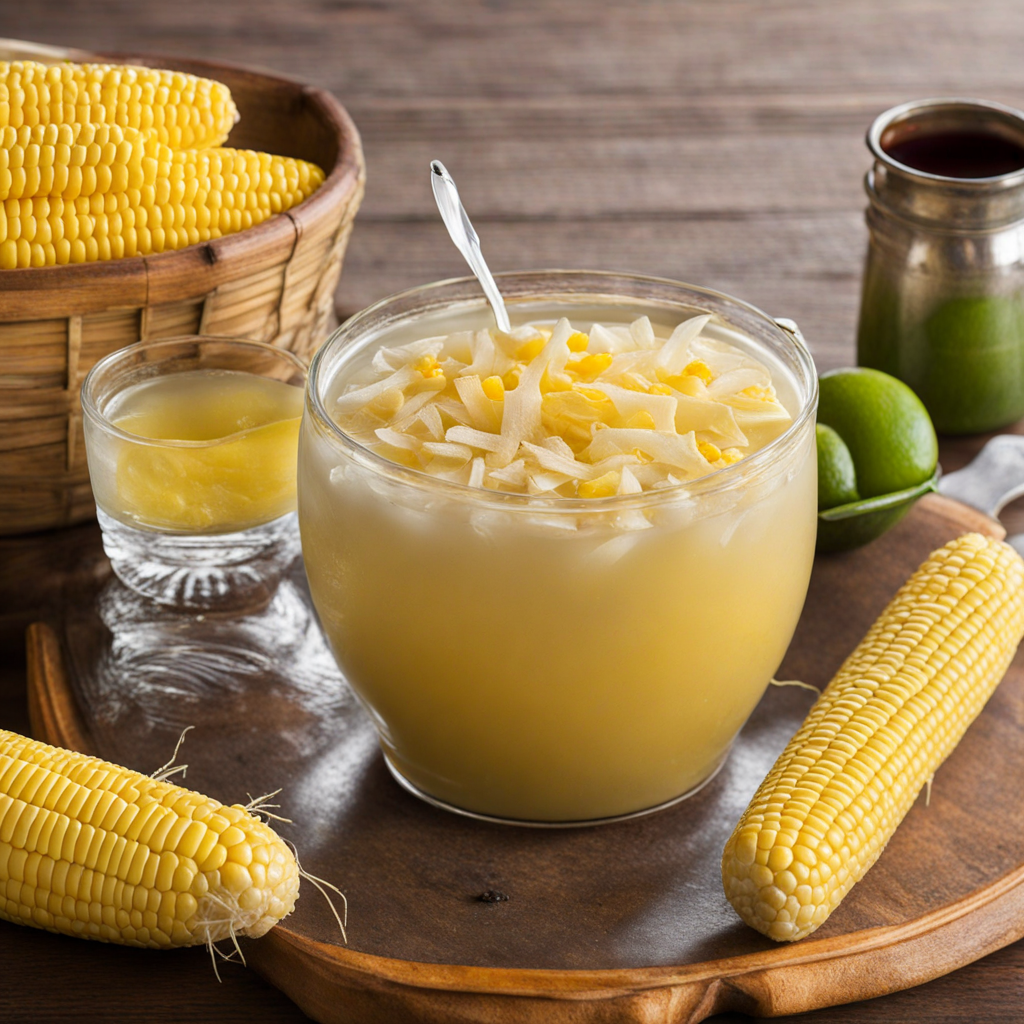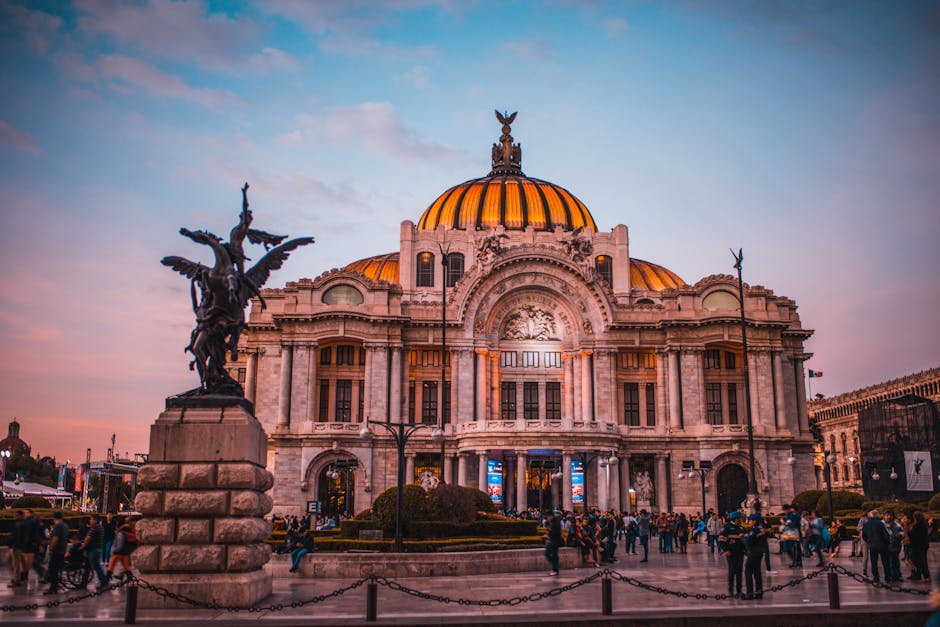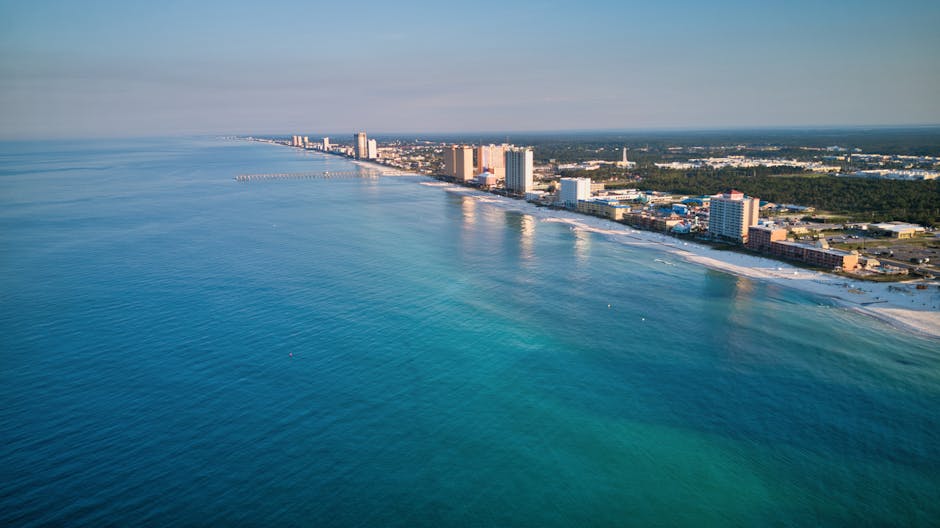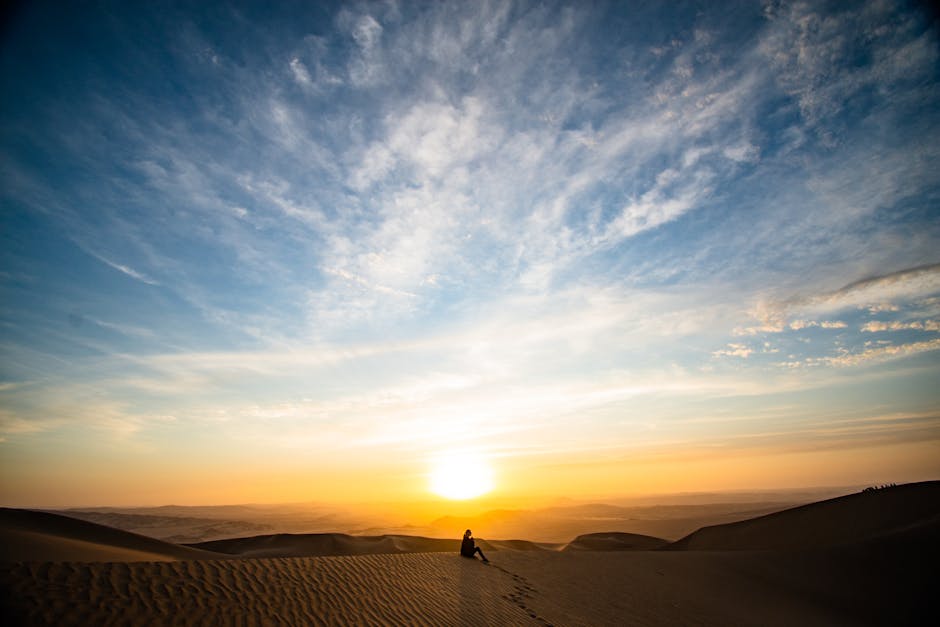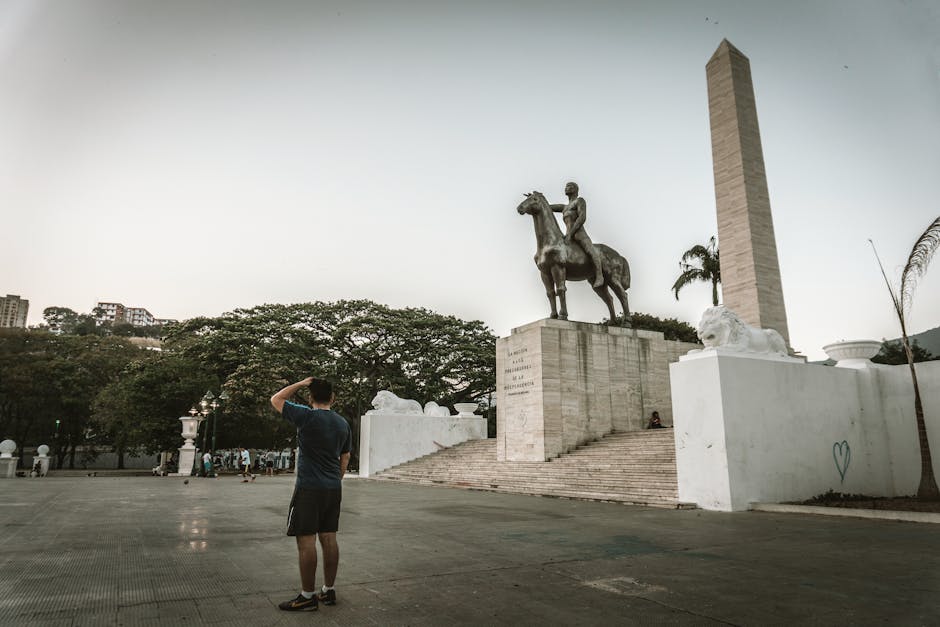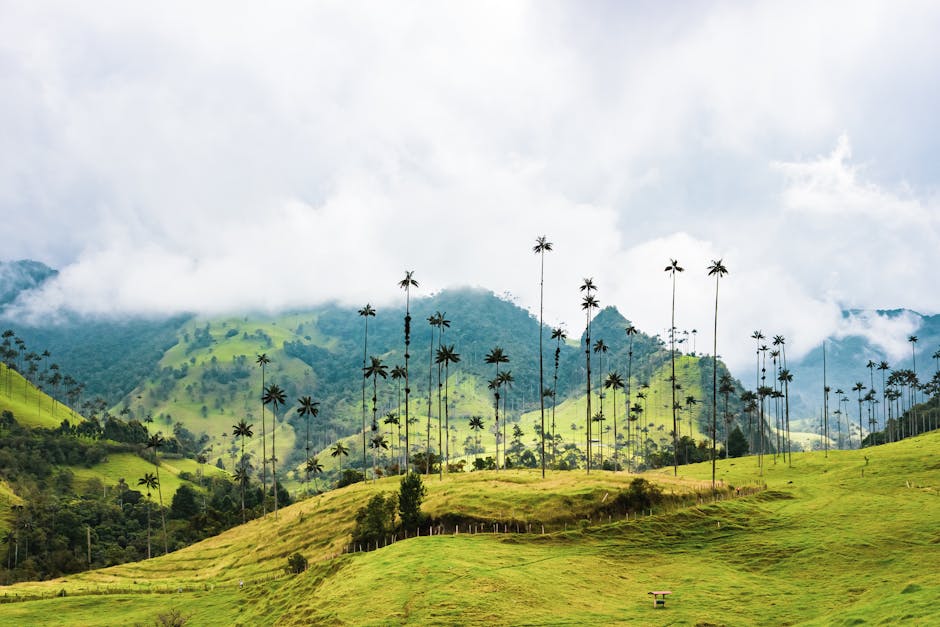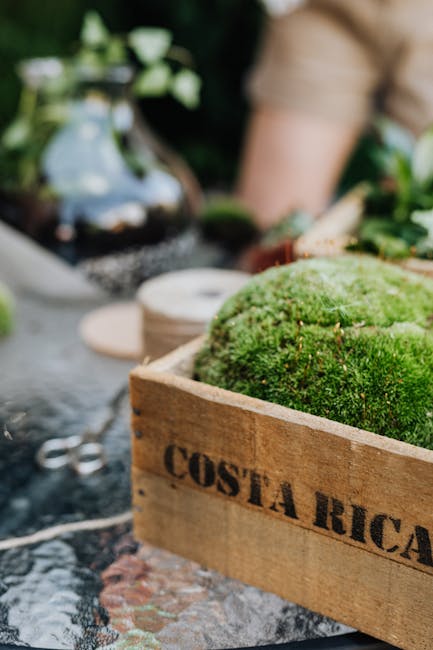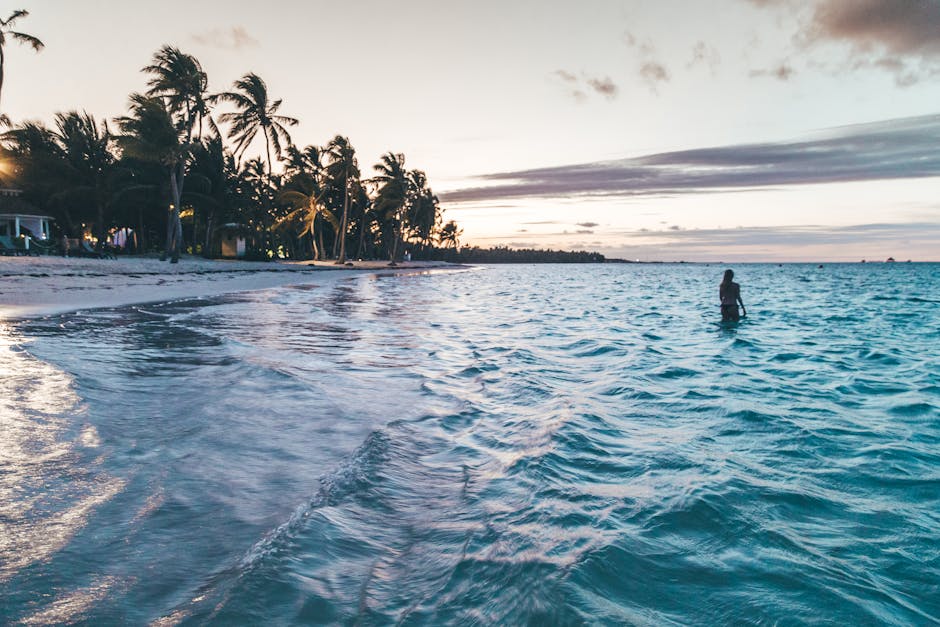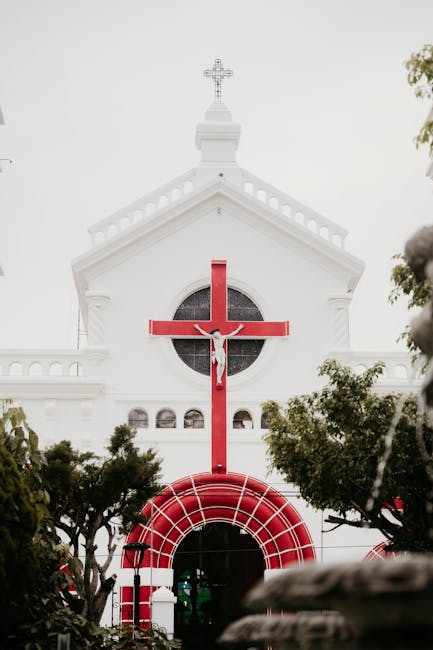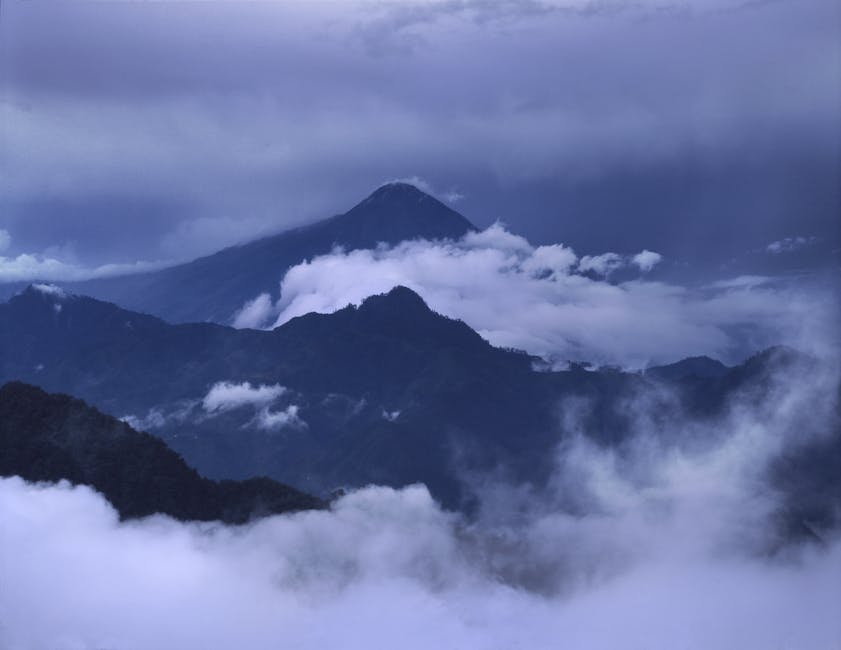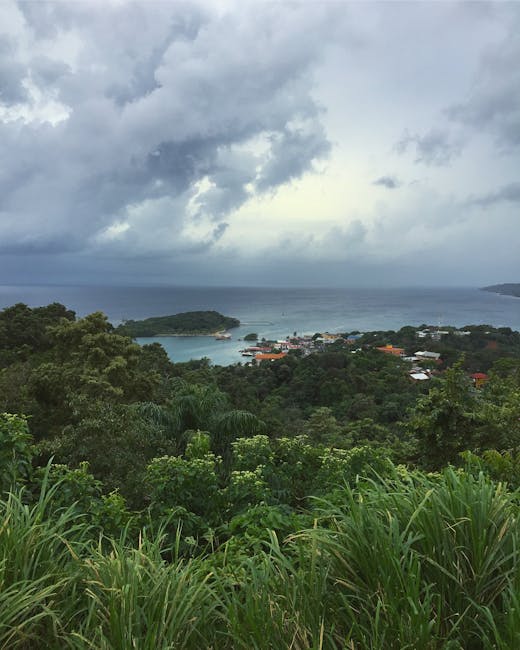Nicaragua
Overview
Nicaragua Overview
Nicaragua, located in Central America, is a vibrant country known for its rich history, culture, and natural beauty. This country is unique due to its diverse landscape, which includes beautiful beaches, impressive volcanoes, and lush rainforests. Nicaraguan culture is a blend of indigenous heritage and Spanish influence, which is reflected in its music, dance, cuisine, and traditional festivals. Nicaraguans are known for their warmth and hospitality, making visitors feel welcome and at home. Visiting Nicaragua provides an opportunity to explore its colonial cities like Granada and Leon, surf on the Pacific coast, hike in the cloud forests, or discover the biodiversity on Ometepe Island.
Tourism Seasons and Activities
The high season for tourism in Nicaragua is during the dry season, which runs from November to April. During this time, the weather is warm and sunny, perfect for exploring the outdoors. Popular activities during this period include surfing, zip-lining, kayaking, hiking, and bird watching. Cultural enthusiasts can also enjoy the vibrant festivals that occur during this season, like the colorful 'Semana Santa' (Holy Week) celebrations. Nicaragua's Pacific Coast and Lake Nicaragua are globally renowned for their surfing and fishing opportunities, respectively. On the other hand, the country's colonial cities and volcanoes offer unique historical and adventure experiences.
Travel Preparation
Before visiting Nicaragua, travelers should ensure they are prepared. Nicaragua's official currency is the Nicaraguan Córdoba, but US Dollars are widely accepted. It's recommended to have a mix of both. Regarding health, it's advised to be up-to-date on routine vaccines and consider vaccines for diseases like Typhoid and Hepatitis A, which can be contracted through contaminated food or water in Nicaragua. Spanish is the official language, so learning a few basic phrases can enhance your experience. Lastly, tourists should pack for warm weather but also include a light jacket for cooler evenings, sunscreen, insect repellent, and sturdy shoes for outdoor activities. It's also important to note that while Nicaragua is generally safe for tourists, like any other destination, it's important to stay aware of your surroundings and keep your belongings secure.
A Glimpse into the Past
Nicaragua, known as the "Land of Lakes and Volcanoes," offers a rich tapestry of history, culture, and natural beauty, making it an intriguing travel destination. Its unique geography features stunning landscapes, including lush rainforests, expansive lakes, and active volcanoes, while its history is marked by indigenous cultures, colonial encounters, and revolutionary movements.
Pre-Columbian Era
Before European contact, Nicaragua was home to several indigenous groups, most notably the Nahua, Miskito, and Xiu. These tribes cultivated maize, beans, and squash, forming complex societies with rich traditions. The indigenous heritage is still evident today, especially in areas like the Atlantic Coast, where the Miskito culture thrives, and in the colorful festivals celebrating indigenous history.
Nicaragua's indigenous peoples left behind significant archaeological sites, such as the Granada and Masaya region, where ancient petroglyphs and ceremonial artifacts can be found. The pre-Columbian history of Nicaragua is a testament to the ingenuity and resilience of its early inhabitants, who thrived in harmony with the land.
Spanish Colonization
The arrival of the Spanish in the early 16th century marked a turning point in Nicaragua's history. Conquistador Francisco Hernández de Córdoba led an expedition in 1524, establishing the first city, Granada, which became a center of Spanish colonial power. The Spanish brought with them their culture, religion, and a system of governance that would reshape the region.
During this period, the indigenous population faced significant decline due to disease, forced labor, and conflicts. The mixing of cultures led to a unique Nicaraguan identity, characterized by a blend of indigenous and Spanish influences. The colonial architecture in cities like Granada and León reflects this rich heritage, with stunning churches and plazas that invite exploration.
Independence and Early Republic
Nicaragua, along with the rest of Central America, declared independence from Spain on September 15, 1821. However, the newly independent nation faced challenges in establishing a stable government. Nicaragua briefly joined the Mexican Empire under Emperor Agustín de Iturbide before becoming part of the United Provinces of Central America.
The early years of independence were marked by political turbulence and regional rivalries. The struggle between the liberal and conservative factions often led to civil wars and foreign interventions. The William Walker episode in the 1850s, where the American filibuster attempted to establish a regime in Nicaragua, is a notable example of foreign influence disrupting local governance.
U.S. Intervention and the Sandinista Revolution
In the late 19th and early 20th centuries, U.S. interests in Nicaragua grew, particularly concerning the construction of the Panama Canal. The U.S. supported the establishment of a pro-American government and intervened militarily during the early 1900s, solidifying its influence in Nicaraguan affairs. The U.S. backed the dictatorship of Somoza García, leading to decades of authoritarian rule.
The Somoza dynasty faced increasing opposition, culminating in the Sandinista Revolution of 1979. The Sandinistas, a leftist revolutionary group, overthrew the Somoza regime, leading to significant social change and the establishment of a new government focused on land reform and education. The revolution garnered international attention, with support from various socialist countries and backlash from the United States, which funded the Contra rebels in the 1980s.
Contemporary Nicaragua
After years of conflict, the 1990 elections marked a significant shift towards democracy, with Violeta Chamorro becoming the first female president in Latin America. The country underwent economic reforms and attempts at reconciliation among its people. However, challenges persisted, including poverty, corruption, and political polarization.
In recent years, the government led by Daniel Ortega, a former Sandinista leader, has faced criticism for authoritarian practices and human rights abuses. Protests erupted in 2018 against government policies, leading to violent clashes and international condemnation. Despite these challenges, Nicaragua remains a country of resilience and rich cultural heritage.
Natural Wonders and Cultural Heritage
Nicaragua’s stunning landscapes provide a backdrop for adventure and exploration. The Masaya Volcano, one of the most active volcanoes in the Americas, offers breathtaking views and the chance to witness the power of nature up close. The Isla de Ometepe, formed by two volcanoes rising from Lake Nicaragua, is a UNESCO Biosphere Reserve, known for its biodiversity and ancient petroglyphs.
Culturally, Nicaragua is vibrant with traditions like the Guelaguetza, a festival celebrating indigenous heritage through music and dance. The annual La Purísima festival showcases the deep Catholic roots of Nicaraguan society, blending religious devotion with local customs. Travelers can immerse themselves in local markets, taste traditional dishes like gallo pinto, and engage with the warm and hospitable Nicaraguan people.
Travel Opportunities
For travelers, Nicaragua offers diverse experiences, from exploring the colonial cities of León and Granada to hiking through the Cerro Negro volcano. The Corn Islands provide a tropical paradise with pristine beaches and opportunities for snorkeling and diving. Eco-tourism is thriving in areas like Selva Negra and the Mombacho Volcano Natural Reserve, where visitors can enjoy hiking trails and coffee plantations.
Adventure seekers can indulge in water sports on Lake Nicaragua or surfing the Pacific coast, particularly at San Juan del Sur. The country is also home to various national parks, such as Chocoyero-El Brujo, known for its stunning waterfalls and birdwatching opportunities.
In summary, Nicaragua is a land steeped in history, natural beauty, and cultural richness. Its journey through colonization, independence, revolution, and contemporary challenges has shaped a unique identity that travelers can explore today. From its vibrant cities to its breathtaking landscapes, Nicaragua invites visitors to experience its diverse offerings and connect with its resilient spirit.
Top cities for tourists in Nicaragua
Discover the Famous Cities That Might Captivate Your Interests
Must-Try Foods You Can't Afford to Miss
Indulge in a Variety of Fantastic Foods During Your Stay in Nicaragua
May Be Your Next Destinations
People often choose these countries as their next destination


